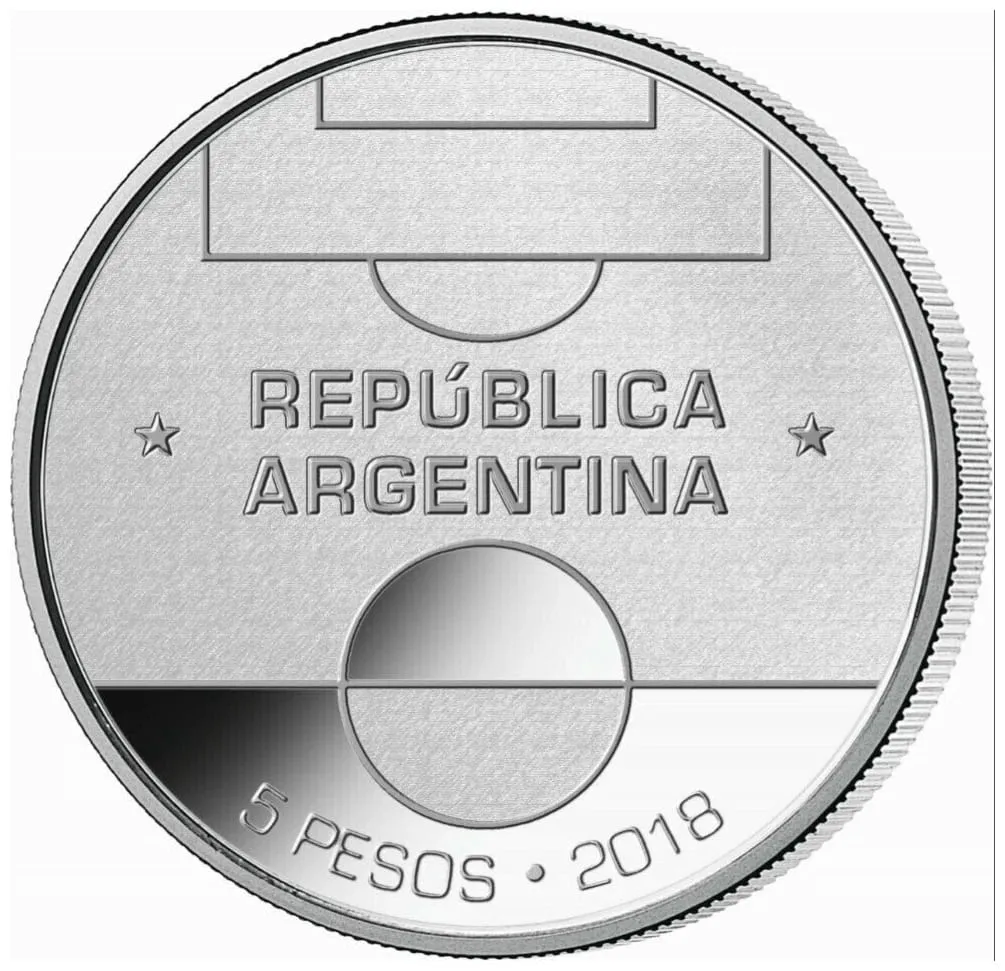Argentine Peso: Historical Perspective and Current Scenario
The official currency of Argentina, the peso, previously recognized as the peso convertible, is abbreviated with the familiar dollar symbol ($). Like other nations with currencies named “peso” or “dollar”, the Argentine peso breaks down further into 100 centavos.
However, primarily because of the nation’s pronounced inflation, coins valued under a peso are infrequently utilized in everyday transactions. For international transactions and references, the currency uses the ISO 4217 code ARS.
The Tale of Hyperinflation
Dating back to the mid-20th century, Argentina has grappled with debilitating inflation rates, at times entering the realm of hyperinflation. This economic turbulence has necessitated several recalibrations of the nation’s currency, with conversion ratios oscillating between 100:1 and a staggering 10,000:1.
In a dramatic attempt to stabilize the currency, a newly minted peso was launched in 1992, which was valued at a prodigious ten trillion of the pesos that had been in circulation up to 1970.
The 21st Century Inflation Crisis
While many hoped that the 1992 introduction of the new peso would stabilize Argentina’s fiscal landscape, the currency faced relentless inflationary pressures into the 21st century.
By February 2023, these pressures culminated in an alarming year-on-year inflation rate of 102.5% – a figure not witnessed since the Convertibility plan’s inception in 1991.
Exchange Rates: Official and Unregulated
Back in 1992, when the new peso saw its debut, it boasted a 1:1 exchange rate with the formidable United States dollar. However, the intervening years have not been kind to the peso.
By 2003, the rate had adjusted to 3:1, and by early 2023, it plummeted further to a concerning 250:1. Most recently, on 20 July 2023, the government’s official wholesale exchange rate stood at ARS$268 for a single US dollar.
Parallel to this official rate, an unregulated exchange rate is prevalent, which ascribes even less value to the peso – approximately half as much. Under this parallel rate, the peso is exchanged at a staggering ARS$522 for a US dollar.
To further complicate the currency’s landscape, there exist variant official rates tailored for diverse trading objectives.
Conclusion
The Argentine peso’s journey from its 1992 re-introduction to its current state is a poignant testament to the economic challenges and resilience of a nation.
As Argentina navigates its monetary future, the peso remains a focal point in discussions about the country’s fiscal health and strategies for sustainable growth.




